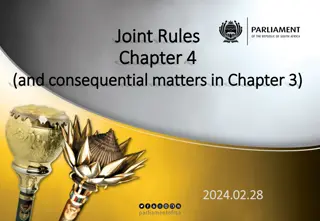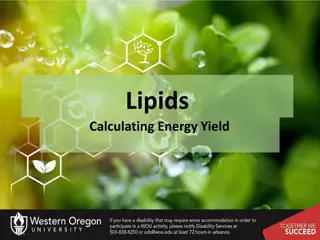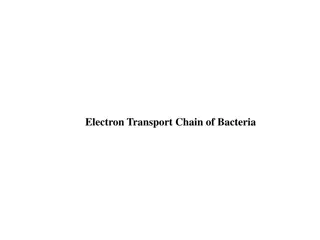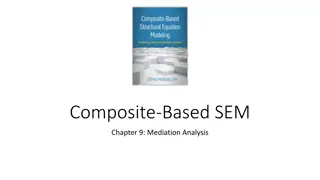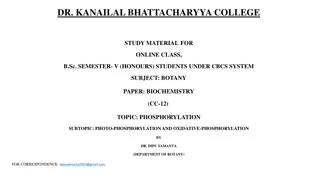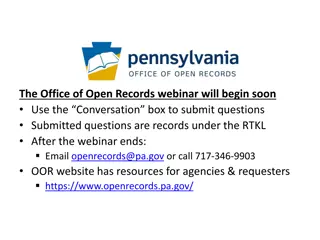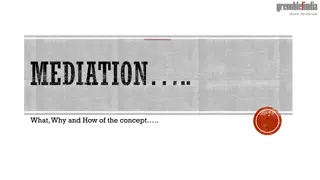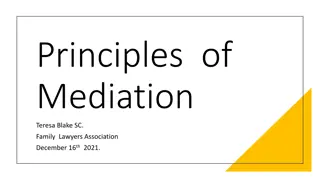
Revised Curriculum and Assessment Plans for Grade 7-9 Technology Implementation
"Explore the 2020 revised curriculum and assessment plans for grades 7-9 in Technology, focusing on amendments to content overviews, teaching plans, and school-based assessments. Discover the purpose, amendments to content overviews, and a summary of essential topics covered in mechanical systems and structures. Prepare students for future learning with a well-structured approach."
Download Presentation

Please find below an Image/Link to download the presentation.
The content on the website is provided AS IS for your information and personal use only. It may not be sold, licensed, or shared on other websites without obtaining consent from the author. If you encounter any issues during the download, it is possible that the publisher has removed the file from their server.
You are allowed to download the files provided on this website for personal or commercial use, subject to the condition that they are used lawfully. All files are the property of their respective owners.
The content on the website is provided AS IS for your information and personal use only. It may not be sold, licensed, or shared on other websites without obtaining consent from the author.
E N D

